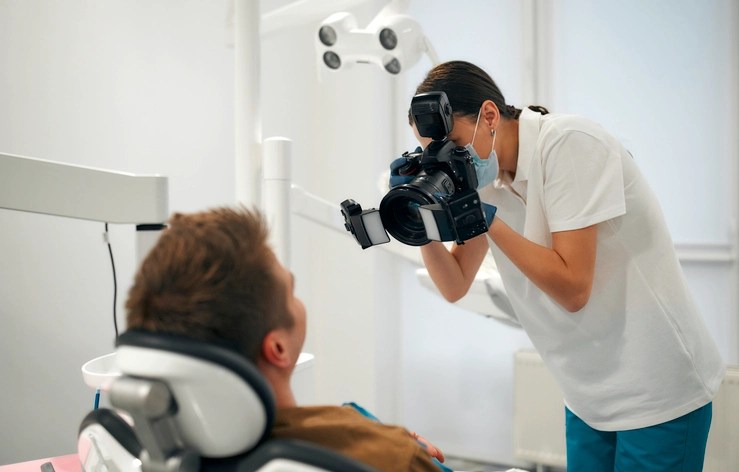3 things you’re doing wrong when taking before & after photos

We discuss why consistent before & after imagery is mandatory for aesthetic practices.
Not only are before & after images great for social media and general marketing for your practice, but especially when it comes to patient satisfaction, quality clinical imagery must be understood to ensure consistency in displaying results to your patients.
We caught up with Woodrow Wilson, owner of Clinical Imaging, on what you may be doing wrong in your before and after photos, and how to master them – every single time.
What are 3 things that some businesses often struggle to demonstrate in clinical photography?
Photography standards that convey the result that the client has paid for! Specifically, I would say:
- Skin Health: iPads and mobile phones capture very little detail of the skin so you can’t see conditions or natural variations in skin tone, topography and luminance.
- Accurate Contour Changes: Often mobile phones distort the shape of the face immensely.
- Dynamic Expressions: Often only static images are taken which fails to showcase the full range of expression and emotion of a patient’s face.
How should businesses ensure their before and after photos are consistent and accurate?
Treat clinical photography as a business tool, and not a chore. Invest in the right standardised equipment, protocol and workflows to make photography a safety-net in patient consultations, an education resource for yourself and a marketing asset for your advertising.
Can high quality clinical imaging be achieved on a lower budget, or smaller working spaces? If not, what would be your suggested ’non-negotiable’?
Yes it can be achieved on a lower budget – and ironically a new flagship mobile phone is more expensive than a ‘pro’ camera that can be calibrated.
With the right setup you can use a space as small as 1mx1x5m to shoot the upper body, and a non-negotiable would be a camera, dedicated lighting to control the exposure, and training – understanding why and how vital clinical photography is.
The post 3 Things You Are Doing Wrong When Taking Before And After Photos appeared first on SPA+CLINIC.
Want more ProCollective?
- For more news and updates, subscribe to our weekly newsletter
- Follow us on Instagram
- Like us on Facebook
